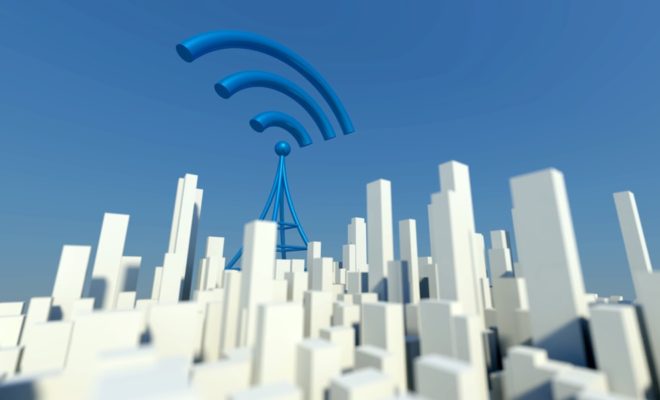New York City and Salt Lake City have won $100 million from the National Science Foundation (NSF) for large-scale “smart city” tests to speed up advancements in 4G, LTE and 5G networks.
“The platforms announced today will enable cutting-edge research in living laboratories across the country, which is a new and important milestone for advanced wireless capabilities,” said Jim Kurose, head of the Computer and Information Science and Engineering directorate at the NSF.
The project aims to actualize many of the promises of 5G, such as real-time data sharing for first responders and medical professionals, virtual reality and real-time traffic and infrastructure control.
Salt Lake City’s Platform for Open Wireless Data-driven Experimental Research (POWDER) proposal would focus on the sub-6 GHz band and public transportation, broadband delivery, and education and health care delivery. It will cover a little over three square miles, as well as a two-mile corridor – about 40,000 people.
Another focus of the project would be developing “a highly programmable and flexible massive MIMO platform” in partnership with Rice University. The platform would cover a range of spectrum, from 50 MHz to 3.8 GHz. The network would be integrated with an already exiting NSF-funded cloud testbed to study end-to-end experimentation.
New York City’s Cloud Enhanced Open Software Defined Mobile Wireless Testbed for City-Scale Deployment (COSMOS) proposal would also focus on the sub-6 GHz band, as well as the GHz and 50 GHz millimeter-wave bands, and provide “a mix of fully programmable software defined radios (SDRs).” COSMOS would reduce latency and aim for fiber speeds of more than 100 Gbps through sub-microsecond optical switching technology.
While covering only a square mile of West Harlem, the area is very densely populated.
Half of the $100 million award will come from the NSF, while a private consortium would chip in the remainder via funding, equipment and expertise.

